Step Inside The Weirdest Pocket Dimensions Of 60s Sci-Fi Madness
Step Into The Twilight Zone: Where Pocket Dimensions Distort Reality
Few television series have captured the imagination and warped the perception of reality quite like The Twilight Zone. This iconic anthology show has ventured into the realm of pocket dimensions—enigmatic spaces outside normal reality—challenging viewers to question what’s real and what’s illusion. These compact universes, nested within or alongside our own, serve as fascinating metaphors and narrative devices throughout the series. From eerie alternate worlds to hidden psychological chambers, The Twilight Zone showcases pocket dimensions as gateways to mind-bending possibilities.
Exploring these alternate realities taps into deep human curiosity about existence, time, and the unknown. As you journey through the tales and twists, you discover how pocket dimensions amplify tension, evoke wonder, and blur the lines between perception and truth. Let’s delve into how The Twilight Zone uses these miniature realities to create memorable stories that continue to inspire science fiction and thrill audiences today.
Understanding Pocket Dimensions: A Portal to The Twilight Zone’s Mind-Bending Stories
Pocket dimensions are small, self-contained universes that coexist alongside or within our own. They exist outside conventional space-time and can follow different physical or metaphysical laws. In The Twilight Zone, these hidden realms provide the perfect setting for narratives that defy logic and deliver profound social commentary.
What Defines a Pocket Dimension?
– A separate space, often unreachable through normal means.
– Exists parallel to the familiar universe, sometimes overlapping or hidden.
– Operates under alternate rules or distortions of reality.
– Often accessible via portals, time anomalies, or shifts in perception.
The Twilight Zone’s pocket dimensions vary widely—from shifting townscapes to infinite temporal loops—each designed to highlight the protagonist’s internal or external conflicts.
Why Pocket Dimensions Resonate with Viewers
Pocket dimensions symbolize the unknown parts of our consciousness and the universe. They allow the show to:
– Explore fears and moral dilemmas in isolated, exaggerated settings.
– Challenge perceptions of normality and force character introspection.
– Create suspense and surprise through unpredictable environments.
This layered storytelling enriches the viewer’s experience, prompting reflection on our reality’s fragility and complexity.
Iconic Episodes Featuring Pocket Dimensions
The Twilight Zone’s use of pocket dimensions is not just a plot gimmick but a powerful narrative tool. Several episodes stand out for their imaginative depiction of these alternate realities.
“The Shelter” – A Microcosm of Societal Breakdown
In this episode, neighbors find themselves trapped in a claustrophobic fallout shelter—a literal pocket dimension of fear and survival. The confined space intensifies tensions, revealing how human relationships fracture under pressure when access to a safe haven is limited. The shelter becomes its own reality where social norms unravel, reflecting larger anxieties of Cold War paranoia.
“An Occurrence at Owl Creek Bridge” – Time and Perception Folded
Although technically adapted from literature, this story within The Twilight Zone melds perception and reality by compressing time into a subjective experience. The pocket dimension here is psychological—an escape in the mind’s final moments—highlighting how internal worlds can contrast starkly with external reality.
How Pocket Dimensions Redefine Narrative Structure and Character Development
In The Twilight Zone, pocket dimensions are not just settings; they shape the story’s flow and character arcs. They provide a controlled environment where themes can be distilled and amplified.
Isolated Settings Enhance Conflict
Pocket dimensions reduce distractions, focusing on a handful of characters. This proximity generates:
– Heightened interpersonal drama.
– Immediate moral dilemmas.
– Opportunities for characters to confront their fears and desires.
For example, in episodes featuring isolated towns or rooms, the environment itself acts as an antagonist, molding characters’ responses.
Fluid Reality Mirrors Inner Psyche
These miniature universes often mirror the protagonist’s inner turmoil, becoming allegories for psychological states:
– Shifting laws and distorted spaces reflect confusion or denial.
– Timeless loops symbolize guilt or unresolvable regrets.
– Alternate histories explore choices and consequences.
This narrative technique deepens empathy by visualizing intangible emotions.
Technological and Scientific Inspirations Behind Pocket Dimensions in The Twilight Zone
Far from pure fantasy, The Twilight Zone’s concept of pocket dimensions is rooted in scientific speculation and emerging theories.
Multiverse Theory and Quantum Mechanics
The idea of parallel or pocket universes aligns with scientific hypotheses:
– Multiverse theory proposes countless universes coexisting, with different physical constants and histories.
– Quantum mechanics allows for multiple states or realities until observed.
The Twilight Zone predates many modern theories but surprisingly anticipated such ideas, weaving them into accessible storytelling decades before they entered mainstream science discourse.
Practical Effects and Filmmaking Techniques
To portray pocket dimensions, the show employed innovative effects:
– Camera angles and lighting to distort perception.
– Miniature sets and mirrors to create infinite reflections.
– Editing tricks to loop scenes, simulate time dilation.
These technical methods enhanced the immersive quality of pocket dimensions, making them feel tangible and unsettling.
Legacy and Influence: Pocket Dimensions in Modern Sci-Fi and Pop Culture
The Twilight Zone’s imaginative use of pocket dimensions has had a lasting impact on science fiction and pop culture.
Influence on TV Shows and Films
Many modern series owe their exploration of alternate realities and pocket dimensions to this groundbreaking show:
– “Stranger Things” presents parallel worlds with eerie dimensions beyond our own.
– “Black Mirror” frequently explores virtual pocket realities that distort human experience.
– Films like “Inception” play with layered realities and confined mental spaces.
These works build on The Twilight Zone’s foundation, proving the enduring appeal of pocket dimensions as a storytelling device.
Expanding the Idea in Video Games and Literature
The concept also thrives in interactive and written media:
– Video games create pocket worlds players must navigate, such as time loops or alternate realities.
– Science fiction literature often explores subspace or pocket universes as plot elements.
The Twilight Zone helped introduce audiences to these imaginative concepts in an accessible format, popularizing pocket dimensions beyond niche fandom.
Exploring Pocket Dimensions: What The Twilight Zone Teaches Us About Reality
The Twilight Zone’s portrayal of pocket dimensions invites us to question the boundaries of our world and ourselves. These compact universes serve as tests of morality, identity, and perception.
– They highlight how fragile reality can be when stripped to essentials.
– They challenge viewers to consider unseen dimensions of existence.
– They uncover the power of perspective in shaping truth.
By engaging with these stories, audiences learn to embrace uncertainty and keep an open mind about what might lie beyond our immediate senses.
Discover more about how The Twilight Zone helped shape sci-fi storytelling through pocket dimensions at [The Twilight Zone Official Site](https://www.cbs.com/shows/the_twilight_zone/).
Everything from ancient folklore to modern physics hints at realms unseen. The Twilight Zone encourages us to peek into these mysterious pockets of existence, reminding us that reality is often stranger—and more wondrous—than fiction.
Embrace the invitation to explore your own “twilight zone,” where pocket dimensions await and the limits of imagination expand endlessly.
Let The Twilight Zone inspire you to keep questioning, dreaming, and venturing into the unknown corners of your mind and universe. What hidden realities will you discover next?
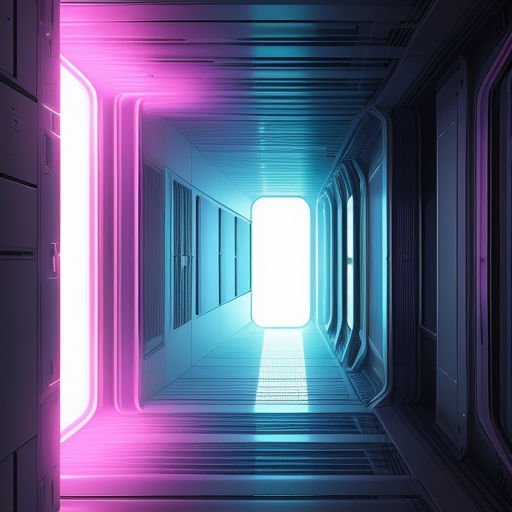

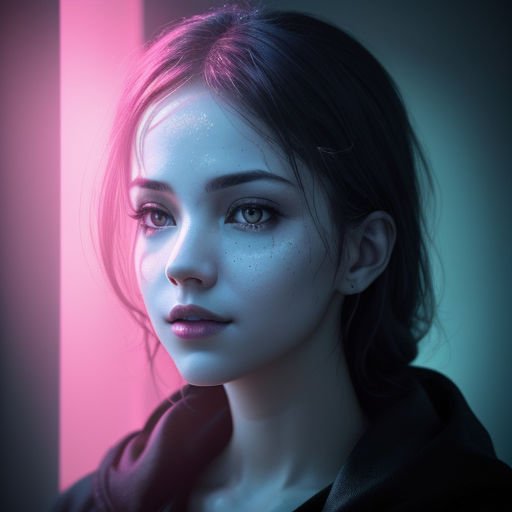
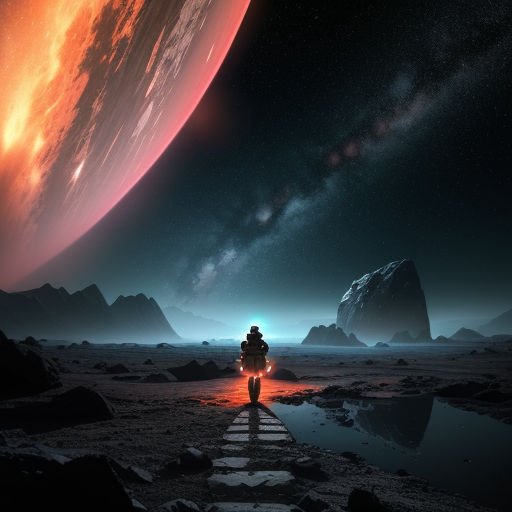


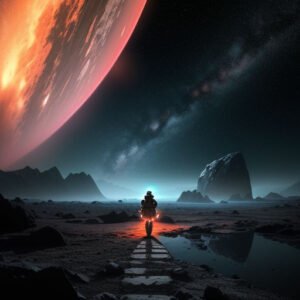


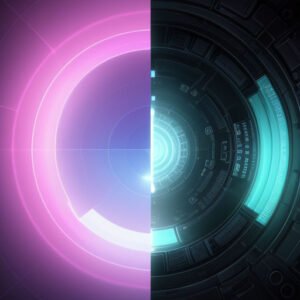
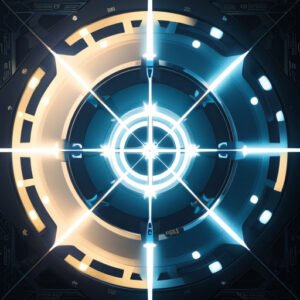
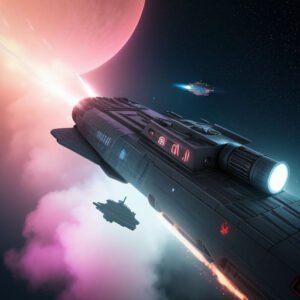
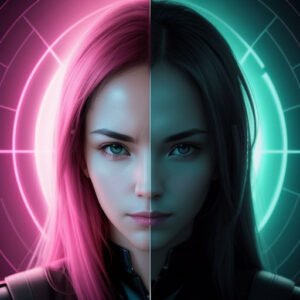

Post Comment